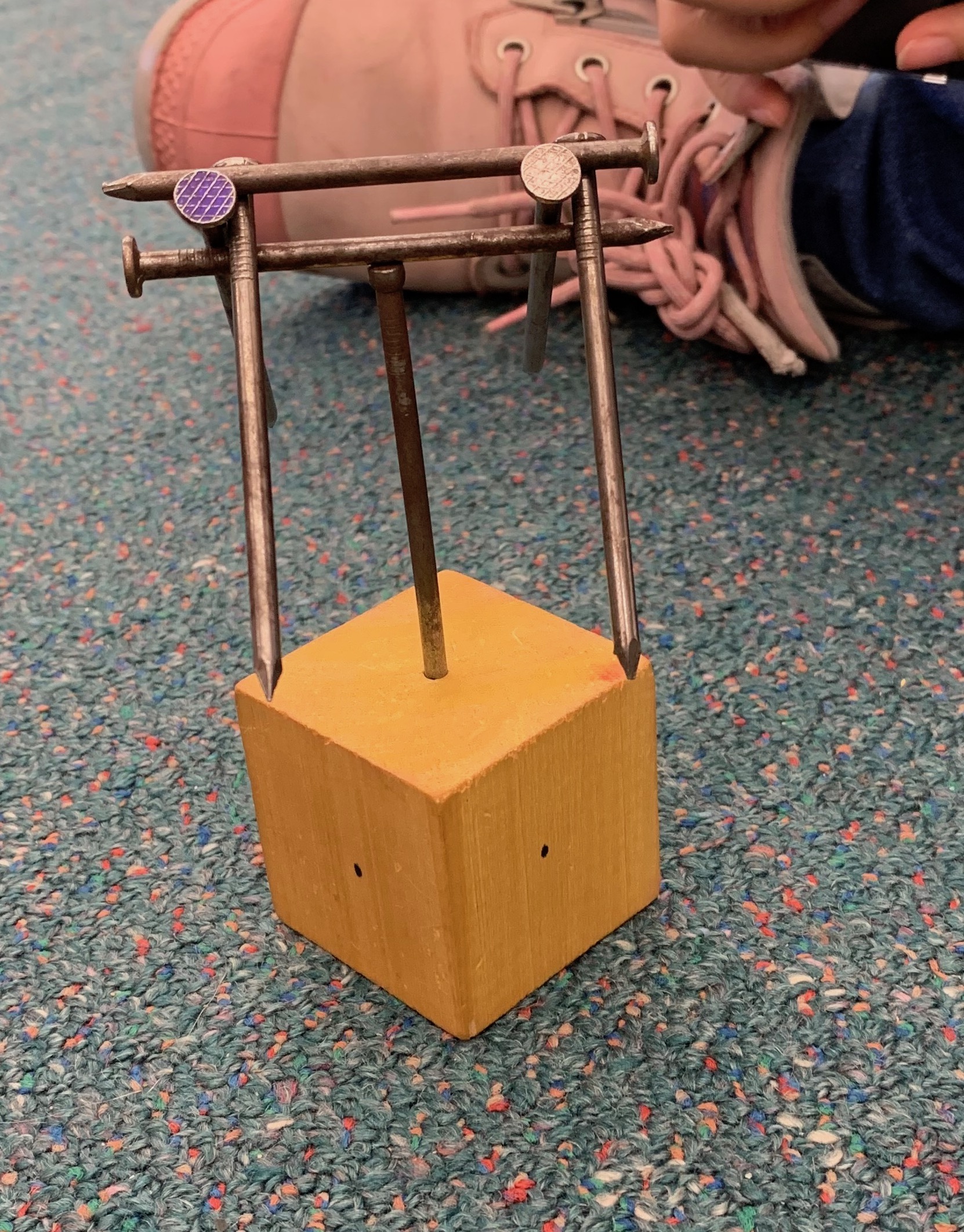Would you consider having a space for students to create and make objects in your classroom? What would be your reasons behind the purpose? Constructionism takes a view of learning as a reconstruction rather than as a transmission of knowledge (Papert, 1986). By allowing students to make and construct objects they will interact with others and try to think outside the box to find possible solutions. According to Donaldson (2014), the maker movement is a recent innovational pedagogy that has been built according to constructionist and constructivist concepts of learning. It views learning as the process of reconstruction and management of materials to build, innovate and expand on students learning.
Teachers can introduce constructionism in the classroom by giving students a set of simple instructions and tools to follow and reach an end goal. By introducing constructionism in the classroom, students will use skills such as communicating, listening, reading and creativity to achieve the set task.

By integrating project-based learning in the classroom, students will have opportunities for deeper learning and understanding (Martinez, 2014). An example on how the maker movement can be integrated throughout the classroom is giving students the opportunity to create projects such as the littleBits base inventor kits. This kit allows students to follow a set of rules to build their desired objects. Once it has been completed, they get given a chance to test it out and see if it works on other students. This teaches students how to follow instructions, work as a team and use mathematical and scientific concepts when building their project.

littleBits Base Inventor kit 
littleBits door hanging alarm made in the tutorial by me.
Although littleBits is integrated throughout the classroom for creativity purposes, does it really promote creativity? Students are forced to follow a set of instructions to reach their end goal and if they were to be creative, they will not achieve the required end goal. It is a fun starting project to instigate creativity to later build their own devices, but I would not continually use it to promote creativity in my classroom. A technology that I believe promotes creativity and allows students to be the leaders and inventors of their inventions similar to littleBits is Makey Makey. Students are given a chance to create a circuit of their choice and can use anything that conducts electricity. They can integrate different sounds and products to unleash their creativity and experiment and test objects.
All images used are my own, unless otherwise stated.
References
Blikstein, P. (2013). “Digital fabrication and ‘making’in education: The democratization of invention.” FabLabs: Of Machines, Makers and Inventors: pp. 1-21. Available at: https://tltl.stanford.edu/sites/default/files/files/documents/publications/2013.Book-B.Digital.pdf
Donaldson, J. (2014). The Maker Movement and the rebirth of Constructionism. Hybrid Pedagogy. Available at: http://www.hybridpedagogy.com/journal/constructionism-reborn/
Martinez, S. M. [The Brainwaves Video Anthology]. (2014, July 3). Invent to Learn: Making, Tinkering, and Engineering in the Classroom [Video File]. Retrieved from https://www.youtube.com/watch?time_continue=107&v=eDUHSPKvJRA
Papert, S., & Massachusetts Institute of Technology. (1986). Constructionism: A new opportunity for elementary science education. Massachusetts: Massachusetts Institute of Technology, Media Laboratory, Epistemology and Learning Group
Hi Abeer
Enjoyed your post on the maker movement and constructionism. Makey Makey has to be one of my favourite educational invention kits to use as part of this whole notion of constructionism and the maker movement. Students will truly appreciate this kit and will work with such fascination and interest when coming up with their own creations. They become their own designers using the most unexpected objects, which they may have thought would not be possible.
This has the ability to turn something, which some students may view as boring to something, which is fun and cool!
LikeLike
Hi Abeer,
Thanks for a detailed post! I love how the maker movement encourages the process of reconstruction and management of materials, as I believe it teaches students skills that can be of value outside the classroom. Not only does it teach students life-long skills, but students have fun and remain engaged! Also, great job at balancing the screws on the block – I had no luck!
Lara
LikeLike
Hi Abeer, thanks for your post on Constructionism and the Maker Movement.
I like how you have defined constructionism and the maker movement as well as described an introductory task. While I take your point about the littleBits not being ideal as they come with a set of instructions, could you possibly just withhold the instructions from the students to empower them to figure it out for themselves (and hence foster creativity)? I also wonder how exactly you would use Makey Makey in the classroom: would you give them a project to do or have them create something completely original?
Thanks again,
Alex.
LikeLike